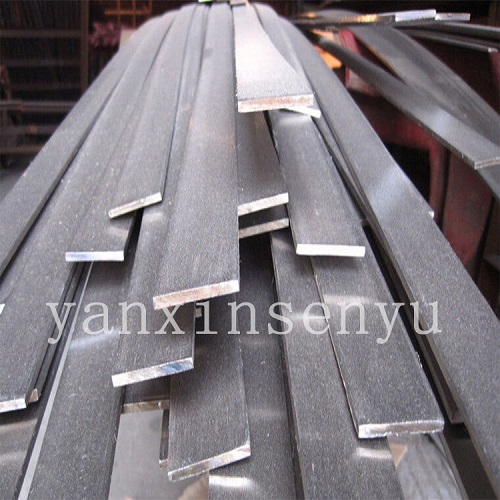Flat steel refers to 12-300 mm wide, 3-60 mm thick steel with rectangular section and slightly blunt edge. Flat steel can be finished steel, or it can be used as blank for welded pipe and thin slab for laminated sheet. Here is a brief introduction of flat steel production process:
Flat steel production process
Precision flat steel production process: the working principle of flat steel finishing machine is to pre level and finally level the thickness direction of cold flat steel wool with two groups of leveling wheels arranged alternately up and down; use a pair of relatively arranged finishing wheels to extrude the width direction, so that the width is compressed to achieve the expected parameters, and the compression amount can be adjusted; use five staggered straightening wheels to adjust the width Straighten. The system is mainly composed of control box, finishing roller, pre leveling unit, finishing unit and straightening unit.

The production process of flat steel can be summarized as: pre leveling → finishing → straightening → post leveling. Flat steel / A / B is 12-300 mm wide and 4-60 mm thick, with rectangular section and slightly pure edge. Flat steel can be finished steel, or it can be used as blank for welded pipe and thin slab for laminated sheet.
Main uses of flat steel: flat steel can be used for hoop iron, tools and mechanical parts as a finished material, and used as a building frame structure and escalator. According to its shape, flat steel can be divided into two types: flat spring steel and single-sided double groove spring steel. The hot-rolled spring flat steel is mainly used to manufacture steel plate springs for automobile, tractor, railway transportation and other machinery.













